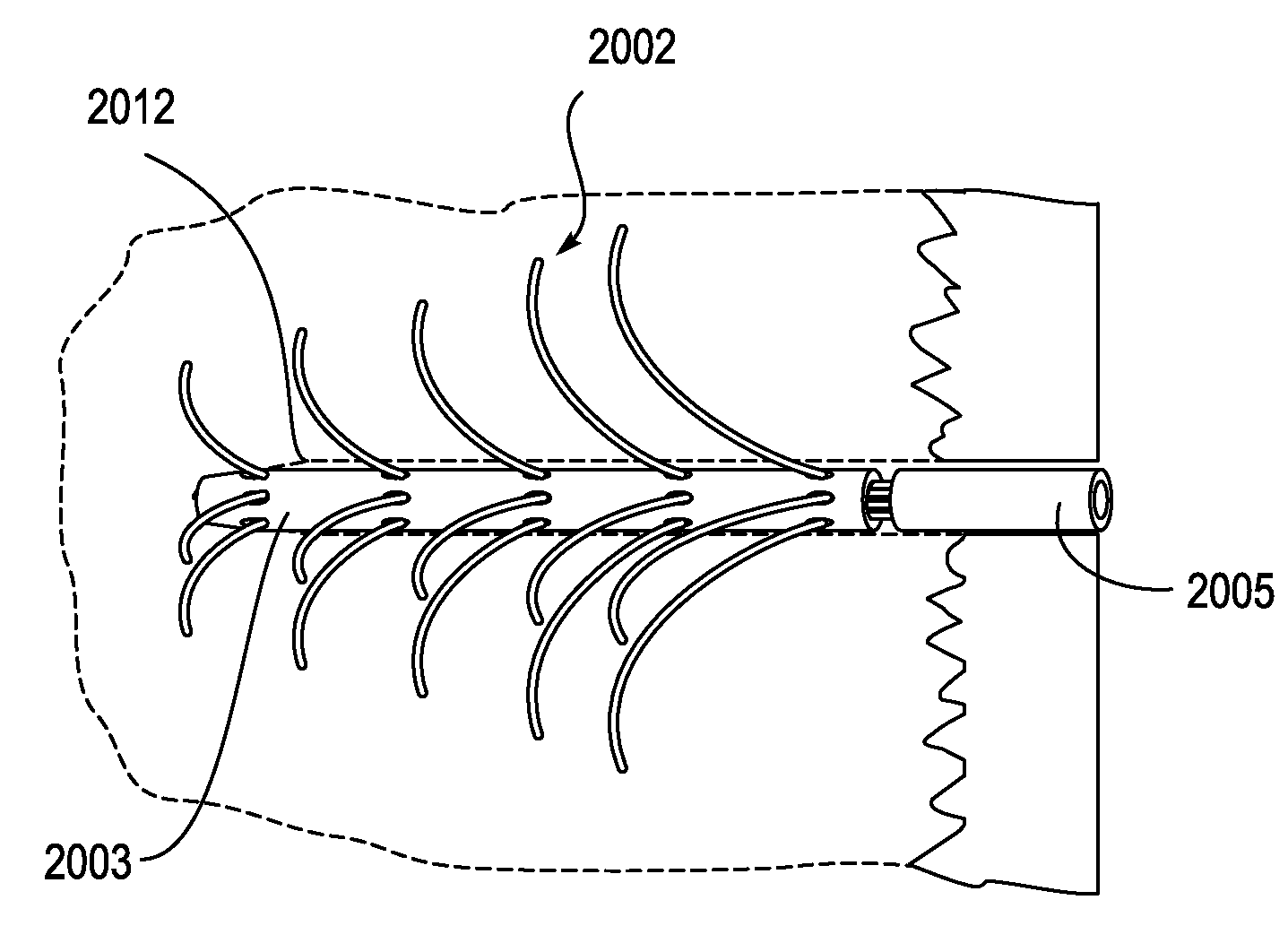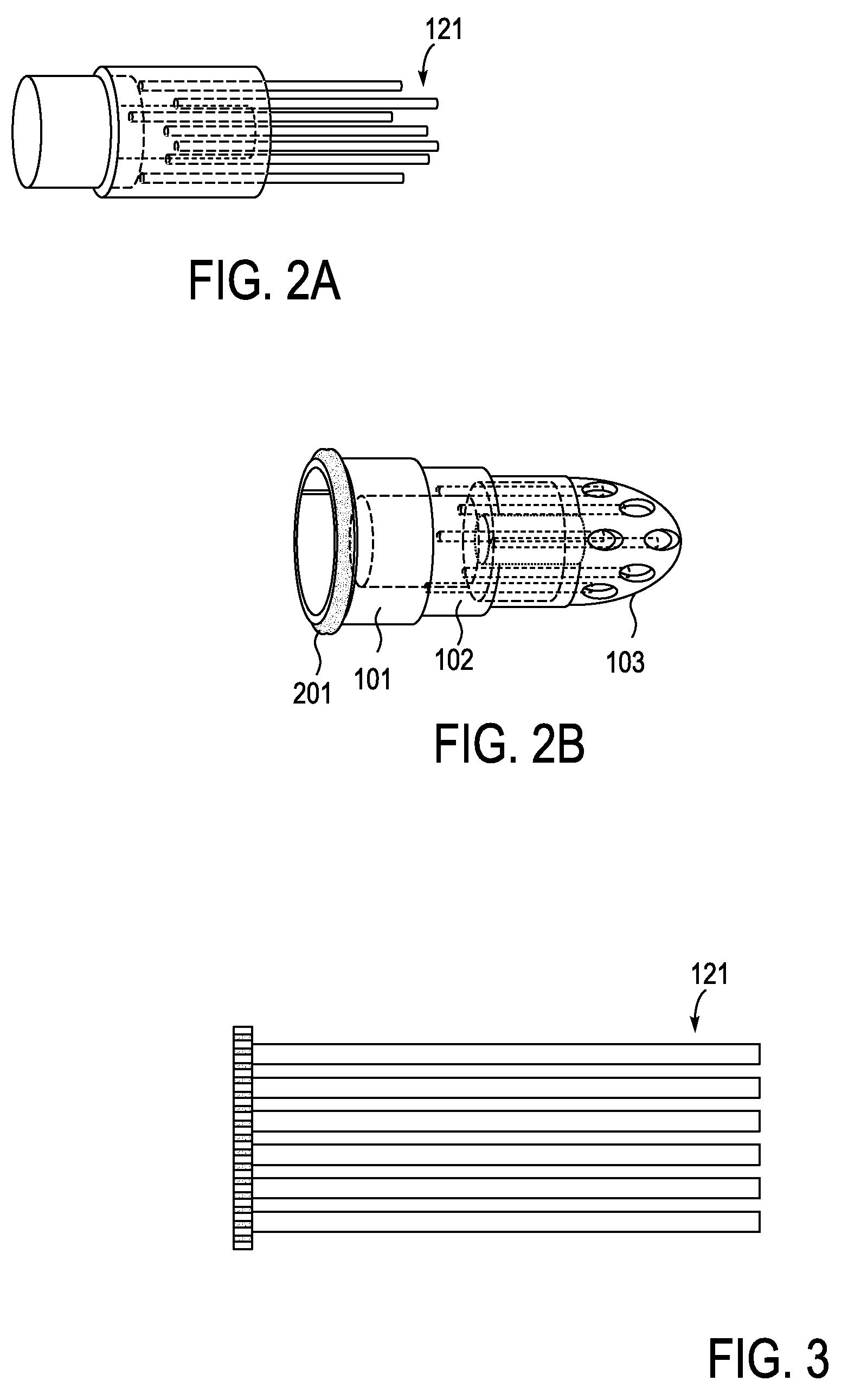Bone implants for the treatment of infection
a bone implant and infection technology, applied in the field of bone implants for the treatment of infection, can solve the problems of bone infection, osteomyelitis, debilitating or even fatal, notoriously difficult to treat, etc., and achieve the effect of preventing nickel leeching and strengthening the adhesion of silver
- Summary
- Abstract
- Description
- Claims
- Application Information
AI Technical Summary
Benefits of technology
Problems solved by technology
Method used
Image
Examples
Embodiment Construction
[0082]Described herein are devices, systems and methods for treating bone infection by the active release of an antimicrobial (e.g., silver ions) from an implant. In particular, the devices described herein may be used to infections such as osteomyelitis by the controlled release of silver ions from multiple sites of an extended-use implant. The implant is typically configured to be implanted into bone for an extended period of time (e.g., days, weeks, months, or even longer) and to release silver ions (and in some embodiments other medicaments). In these variations, active release of silver ions may lead to greater tissue concentrations, and thereby have an enhanced bactericidal or therapeutic effect compared to passive (e.g., diffusion) of ions or medicaments.
[0083]In some variations of the devices described herein, the implant includes an implantable body from which one or more (often a plurality) of silver-releasing arms (e.g., filaments, plates, wires, branches, etc.) may be ex...
PUM
 Login to View More
Login to View More Abstract
Description
Claims
Application Information
 Login to View More
Login to View More - R&D
- Intellectual Property
- Life Sciences
- Materials
- Tech Scout
- Unparalleled Data Quality
- Higher Quality Content
- 60% Fewer Hallucinations
Browse by: Latest US Patents, China's latest patents, Technical Efficacy Thesaurus, Application Domain, Technology Topic, Popular Technical Reports.
© 2025 PatSnap. All rights reserved.Legal|Privacy policy|Modern Slavery Act Transparency Statement|Sitemap|About US| Contact US: help@patsnap.com



